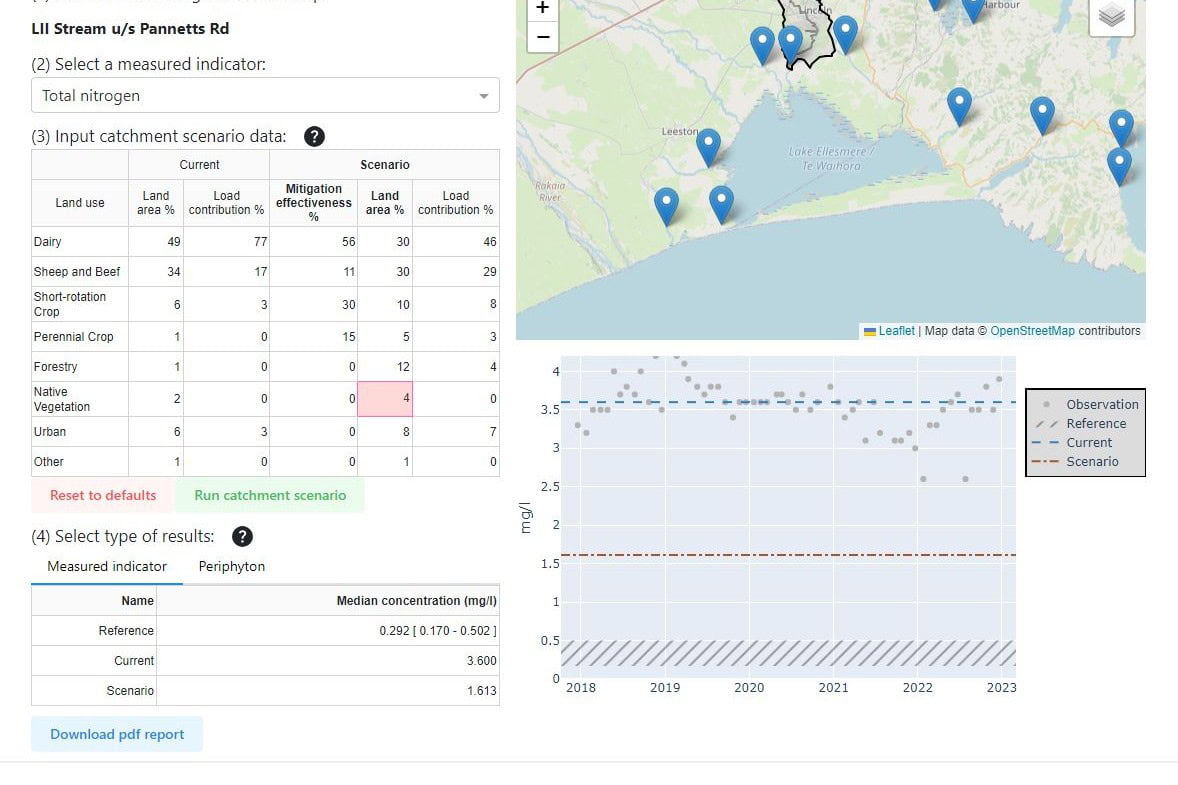August 30, 2024
Resources related to
Nutrient Management
New Zealand farmers can keep more nutrients in their soil by choosing the right fertiliser for their type of land and applying it strategically, so it stays on the farm rather than draining away as pollution.
The mitigation of phosphorus losses from a water repellent soil used for grazed dairy farming
Soil water repellency (SWR) decreases the infiltration rate of soil, increasing the potential for surface runoff in response to rainfall (Bauters et al., 2000). The…
The ability to reduce soil legacy phosphorus at a country scale
The build-up of soil phosphorus (P) beyond plant requirements can lead to a long-term legacy of P losses that could impair surface water quality. Using…
Farm-scale carbon and nitrogen fluxes in pastoral dairy production systems using different nitrogen fertilizer regimes
The nitrogen (N) fertilizer application rate (kg ha/1 year) in pastoral dairy systems affects the flow of N through the soil, plant and animal pools…
Total soil cadmium concentrations in the Winchmore long-term phosphorus fertiliser trial are still increasing
Reliable data on the rate of cadmium (Cd) accumulation in soils that receive phosphorus (P) fertiliser is vital to help manage the impact of Cd…
 View Our Strategy Document 2019 – 2024
View Our Strategy Document 2019 – 2024


